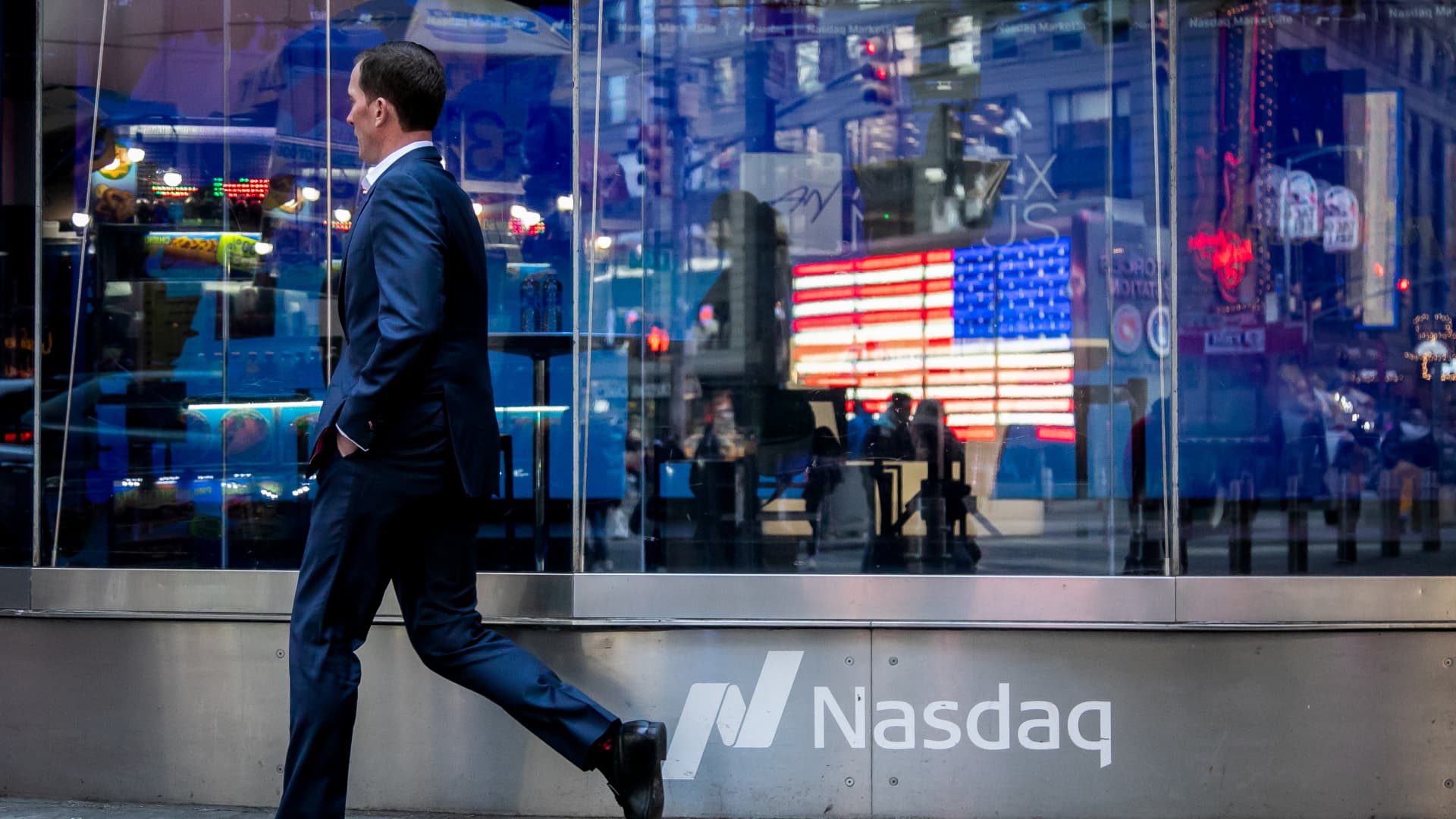The AI Influence on Abbott Laboratories and Nvidia in 2025
Artificial intelligence (AI) is reshaping industries and investor expectations, playing a pivotal role in the trajectories of both Abbott Laboratories and Nvidia. While these companies operate in vastly different sectors—healthcare and semiconductors respectively—AI-related dynamics intricately influence their market positions, competitive landscapes, and financial results in 2025.
Abbott Laboratories and AI-Driven Healthcare Innovation
Abbott’s presence in diagnostics and medical devices positions it to benefit from AI integration in healthcare, although its relationship with AI is more nuanced than Nvidia’s direct chip manufacturing dominance.
Enhancing Healthcare Solutions Through AI
AI empowers Abbott’s product innovation by enabling smarter, data-driven diagnostics and improving patient outcomes. For instance, AI algorithms can analyze complex datasets from diagnostic devices to detect diseases earlier and with higher accuracy. This enhances Abbott’s value proposition in molecular diagnostics and personalized healthcare, sectors undergoing rapid transformation fueled by AI and big data.
Market Dynamics and Competitive Advantage
By capitalizing on AI advancements, Abbott can differentiate its offerings against healthcare giants like Roche and Pfizer, who also leverage AI extensively. The withdrawal of a major competitor amplifies Abbott’s ability to capture market share, particularly if it continues to invest in AI-enhanced solutions that meet evolving global healthcare demands such as aging populations and chronic disease management.
Financial Implications
Abbott’s recent suspension of share buybacks suggests a strategic pivot, potentially redirecting capital towards AI-driven R&D or acquisitions aimed at fortifying its innovation pipeline. Although its Q4 earnings showed modest revenue misses, steady EPS growth signals resilience and investor faith in its long-term AI-enabled growth prospects.
Nvidia’s AI Chip Leadership and Market Challenges
Nvidia stands at the forefront of AI semiconductor technology, with its revenue surges largely propelled by explosive demand for AI chips powering data centers, cloud services, and autonomous systems.
AI as a Revenue Catalyst
Nvidia’s first quarter fiscal 2025 revenue of $26 billion—an extraordinary 262% year-over-year increase—reflects AI’s transformative impact. The company’s rapid rollout of next-generation Blackwell chips illustrates aggressive innovation responding to escalating AI workloads and customer needs.
Margins and Market Sentiment
Despite staggering revenue growth, margin compression linked to the accelerated introduction of new AI chip architectures has unsettled investors. This illustrates a classic dilemma in AI hardware: high R&D and manufacturing investment to stay ahead versus short-term profitability pressures.
Geopolitical Constraints and Impact on AI Expansion
U.S. export restrictions curtail Nvidia’s access to China’s massive AI market, forcing a contraction of its market share amid local competitors like Huawei. This geopolitical hurdle complicates Nvidia’s global AI leadership ambition and injects uncertainty into its revenue diversification and supply chain stability.
Competitive Pressures in the AI Chip Arena
Beyond geopolitical challenges, Nvidia faces growing competition from AMD, Qualcomm, and emerging AI-focused semiconductor startups. Investors’ cautious sentiment, despite impressive earnings, underscores concerns over sustaining AI demand growth amid economic headwinds.
The Broader AI-Driven Industry Implications
The AI phenomenon not only propels growth but also introduces volatility and strategic challenges in both healthcare and semiconductor sectors.
Strategic Adaptation as a Competitive Imperative
For Abbott, embracing AI means integrating complex data analytics into its healthcare solutions to stay relevant and competitive. For Nvidia, it entails balancing rapid technological advances with geopolitical navigation and margin optimization.
Investor Expectations and Market Dynamics
The divergent investor reactions—Abbott’s stable yet conservative signals versus Nvidia’s volatile stock swings—highlight broader market recalibrations in AI’s development and monetization timelines. AI’s promise brings great opportunity but demands strategic patience and operational agility.
Conclusion: AI’s Dual Role as Catalyst and Challenge
AI stands as a formidable force shaping Abbott Laboratories’ healthcare innovation path and Nvidia’s semiconductor dominance in 2025. For Abbott, AI fosters product differentiation and long-term growth potential amid competitive shifts. For Nvidia, AI fuels unprecedented revenue expansion while introducing margin pressures and geopolitical complexities.
Success in this AI-driven era will depend on each company’s ability to harness the technology thoughtfully—Abbott by embedding AI into patient-centric healthcare advancements, and Nvidia by navigating the tightrope of innovation speed, market access, and profitability. The unfolding AI landscape promises both transformative opportunities and intricate challenges that will define leadership and value creation in healthcare and technology sectors alike.











